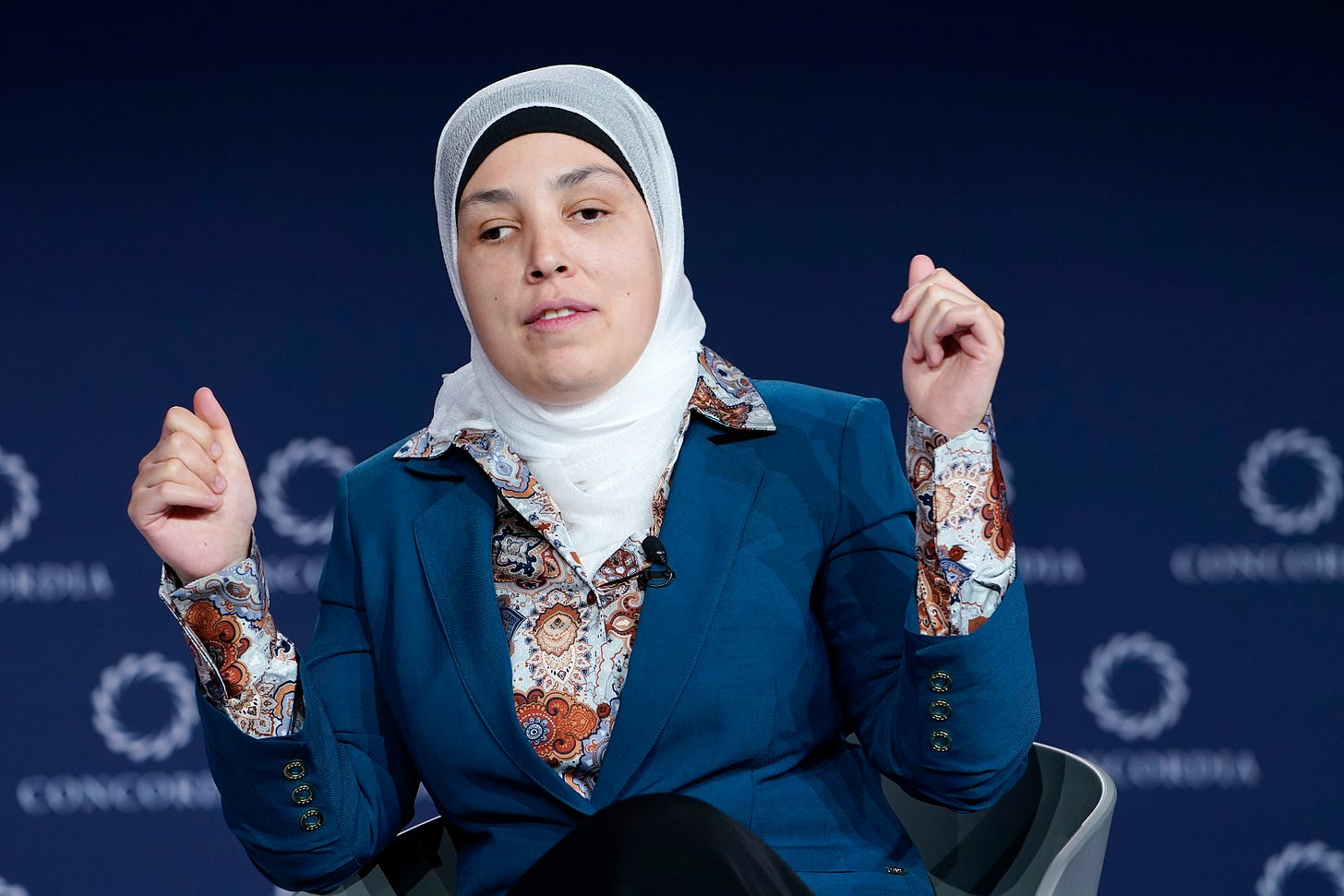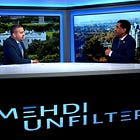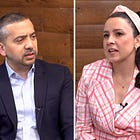I Don’t Need You to Cure My Blindness
The former special adviser on international disability rights calls for a societal shift towards valuing diverse experiences and fostering environments so people with and without disabilities thrive.

“Sara, my goal is to cure your blindness.”
As I sat across from one of the many world leaders I met during my tenure as US special adviser on international disability rights, I took a breath and considered my response. “My goal,” I replied, “is for you to create a world where I can exist as a blind person.”
His words encapsulated a widespread belief – that disability is a disadvantage, something to be fixed. To him, my existence as a blind person was a life unfulfilled, one lived in anticipation of a cure.
This perspective, deeply ingrained in many political and social narratives, suggests that disabilities are deficits requiring eradication. Some officials have even claimed that “autism destroys families” and framed conditions like autism as “epidemics” to be eliminated. This rhetoric echoes historical abuses against disabled people, setting off alarm bells for autistic advocates.
Disability advocates have long fought for systemic change to create a more equitable society, yet they continue to encounter deep-rooted resistance and structural obstacles. Federal funding for vital organizations offering advocacy and legal aid is on the verge of being cut by the Trump administration. Meanwhile, only 0.1% of major foundation funding goes toward advancing system-level change for people with disabilities.
Too often, disabled individuals are perceived as vulnerable and burdensome – to both society and their families. We are expected to ask ourselves: Don’t we want to ‘reduce the burden’ on our communities? We should strive to become disability-free. This mindset ignores a fundamental truth: disability is a natural part of the human experience. It’s not a question of “if” but “when.” If we’re lucky enough to live long lives, most of us will experience some form of disability – through aging, injury, or illness.
But it’s also important to recognize that disability is not one-size-fits-all – it manifests differently for everyone, and that distinction is key to understanding the full spectrum of experiences. No two people with the same type of disability experience barriers in the same way. I understand that many people living with chronic illness or chronic pain seek and advocate for a cure every day.
That's why it’s helpful to distinguish between identity-forming and non-identity-forming disabilities. For me, my blindness is an integral part of who I am. That’s not to say I don’t face barriers on a daily – if not hourly – basis. It can be frustrating, exhausting, and annoying, but I don't want to change my blindness: I want society to break down barriers that lead to these frustrations and inaccessibility. For example, persons with disabilities are about twice as likely to be unemployed as non-disabled people; reasons for this disparity have to do with barriers persons with disabilities face to employment. These barriers can manifest at any and all stages of the employment journey, from accessing education, transportation, and the digital world to navigating job applications, interviews, workplace accommodations, and organizational culture. These pervasive barriers lead to higher unemployment and underemployment, limiting leadership opportunities and preventing organizations from benefiting from our full contributions. This is a significant loss for society and the economy.
Dismantling Barriers
The dominant cultural lens often frames disability as a burden rather than recognizing the true issue – the barriers we face. As a result, some reject their disability identity – yet whether one identifies as disabled, dismantling these barriers benefits us all and is essential to living a full life.
For me, my disability taught me to navigate life innovatively – I became a better communicator, listener, and even a better math major. My disability informed my diplomatic approach – without the distraction of written materials, I engage authentically in conversations, focusing on connection rather than memorization. It is not a deficit, but a significant asset that has afforded me my unique perspective.
Without my disability, I would have never been able to accomplish all that I have and recognize the beauty and value of my disability identity. If I consistently saw my blindness as something wrong with me to be fixed – or if I was waiting on a cure – I'd have never embraced all of who I am. I would have never innovated as a communicator, listener, mathematician, and diplomat.
So, how do we dismantle the societal barriers that inhibit people with disabilities from embracing their identity and living their potential?
Imagine a society where investment was directed toward removing these barriers. Not only would this empower individuals with disabilities, but it would also create a more inclusive environment for everyone.
As a math major in college, my fellow students were eager to register for the same classes as me because when I was in class, the professors had to be better teachers – and figure out ways to deliver the information to me in a non-visual manner. This is an example of the “curb cut effect.” Curb cuts were designed for wheelchair users, but they benefit anyone who needs to get from the street to a sidewalk easily. Ultimately, we must shift the focus from seeking cures, to dismantling barriers that perpetuate exclusion.
We must continue to challenge perceptions that people with disabilities are less capable.
We need a societal shift towards valuing diverse experiences and fostering environments where authenticity and innovation thrive — for people with and without disabilities. Companies are starting to understand the value and innovation that people with disabilities bring to their work. Microsoft’s Neurodiversity Hiring Program builds upon the belief that neurodivergent employees bring innovative and creative solutions to the table precisely because they think and operate in diverse ways. But while programs like this exist, many are at risk of being cut due to backlash against diversity, equity and inclusion initiatives. People with disabilities are usually not included in DEI initiatives but are lumped in and demonized when DEI is attacked.
We must continue to challenge perceptions that people with disabilities are less capable, and work toward a society that is not only accessible to us, but thrives because of our contributions.
Sara Minkara served as the US Special Advisor on International Disability Rights in the Biden administration.
The views expressed in this article are the author’s own and do not necessarily reflect those of Zeteo.
If you haven’t already, subscribe today to get more from Zeteo. And if you’re already a paid subscriber, consider making a donation to support our mission to deliver unfiltered news and diverse voices.
Check out more from Zeteo:






Very good point. I am a civil rights attorney, and it’s ingrained in us to use the latter and not the former.
Sarah Minkara said “Too often, disabled individuals are perceived as vulnerable and burdensome”
I would argue there is a crucial difference between describing someone as having a disability and being disable, and it saddens me both are used interchangeably.
I don’t think people’s identity and being should be defined by disability or lack of. The world is just made of people who are not the same, right?
Let’s try another way: “Too often individuals with a disability are perceived as vulnerable and burdensome”.
What do you think?